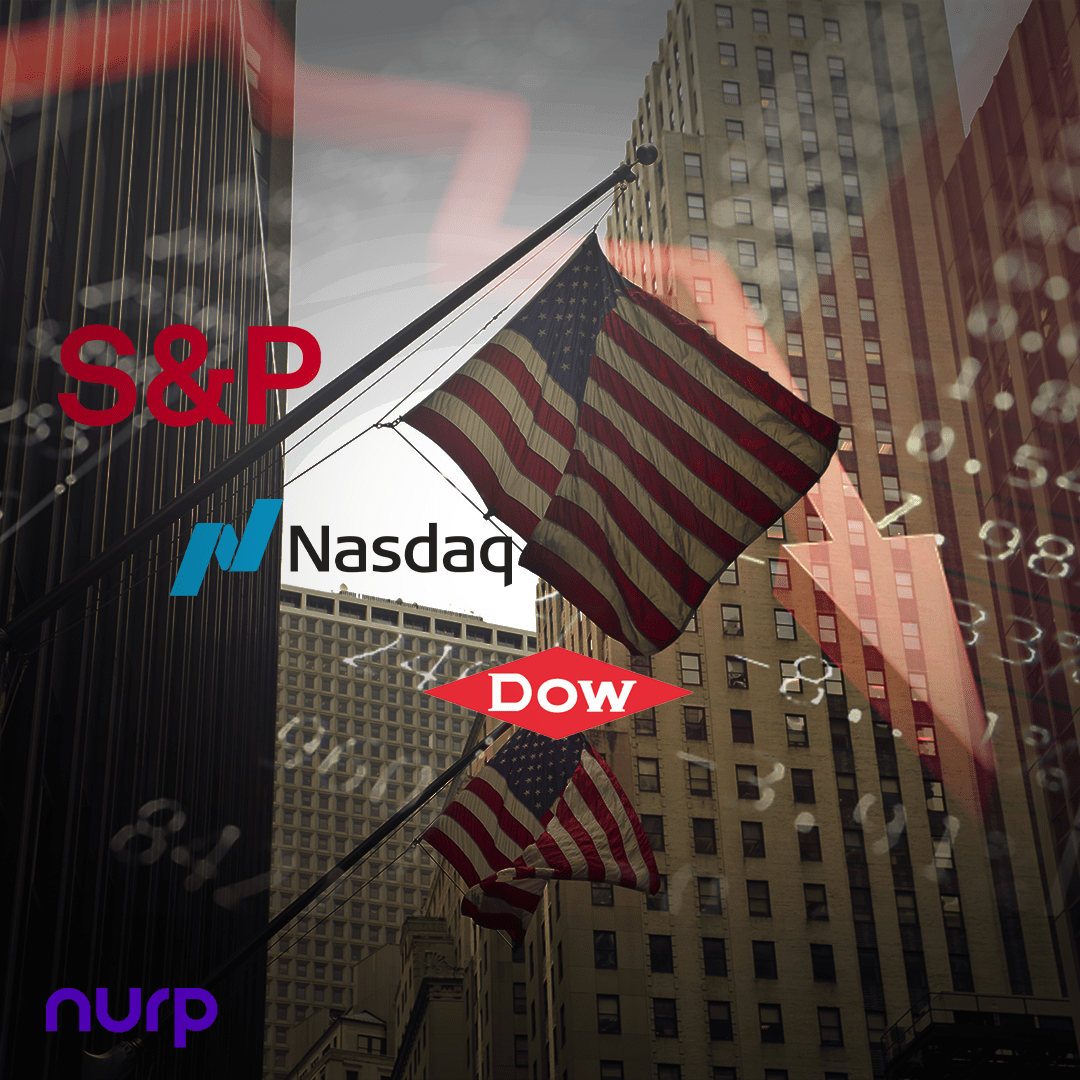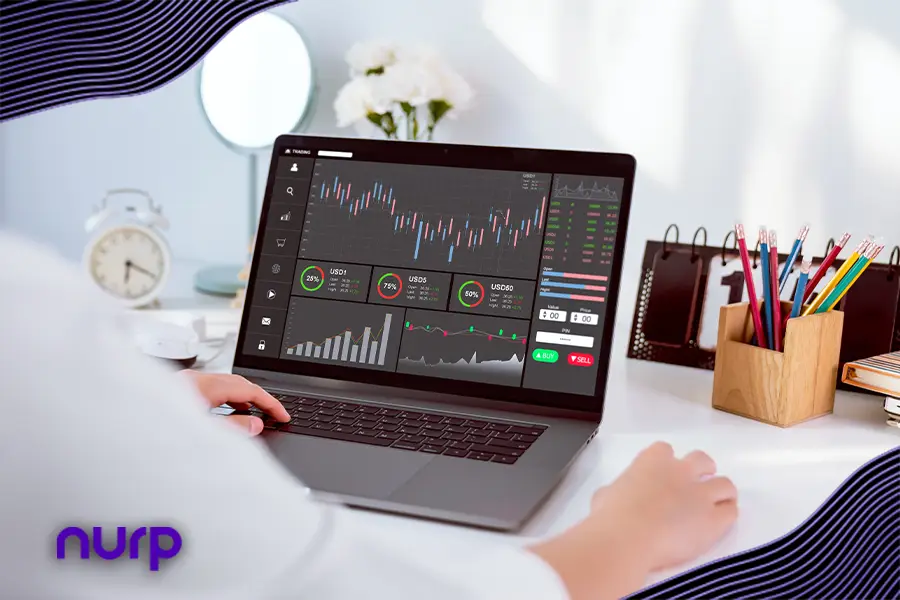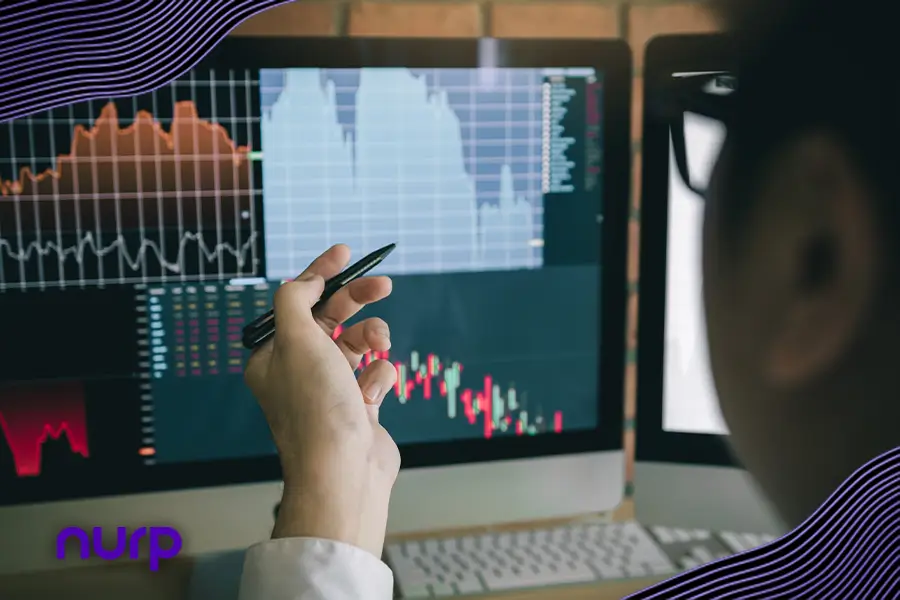Key Takeaways
Customization and ease of use are crucial; choose software that fits your skill level and trading style.
Backtesting and simulation features help refine strategies before risking real money.
Supported markets and costs should align with your trading goals and budget.
When it comes to choosing trading algorithm software, it’s easy to get overwhelmed by the sheer number of options out there. Not all trading software is created equal, so how do you decide which one is best for you? Let’s break down the key factors to consider when comparing trading algorithm software.
Read More: Beyond The Classroom: Learning About Trading and Insider Secrets of Expert Traders
Customization Options
Every trader has their own strategy, and the best trading algorithm software allows you to customize the algorithms to match your approach. Some platforms offer simple pre-built strategies, while others give you the flexibility to tweak or create your own algorithms from scratch. If you want more control over your trades, look for software that supports high levels of customization.
Ease of Use
Let’s be real: not everyone is a tech wizard. Some trading software requires advanced coding skills, while others come with user-friendly interfaces that make setting up algorithms a breeze. If you’re new to trading algorithms, you might want to go for a platform that’s easier to navigate with drag-and-drop features or templates. However, if you’re more experienced, you might prefer software that offers deeper technical control.
Backtesting and Simulation
Before committing real money, it’s crucial to test your strategies using historical market data. This is where backtesting comes in. The best trading algorithm software will allow you to run simulations of your strategy to see how it would have performed in the past. This feature helps you refine your algorithms and gives you more confidence in their performance in real markets.
Supported Assets and Markets
Not all software supports every asset class. Some platforms might focus solely on stocks, while others also cover forex, cryptocurrencies, or commodities. Before committing, make sure the software supports the markets and assets you’re interested in. The more flexibility it offers, the more diversified your trading can be.
Costs and Fees
Trading algorithm software can come with various costs, from upfront payments to subscription fees or even a commission on trades. It’s important to factor these costs into your decision. While free or low-cost platforms may seem appealing, they might lack essential features or offer less reliability.
Conclusion
Choosing the right trading algorithm software comes down to understanding your own needs and preferences. By focusing on customization, ease of use, backtesting, market coverage, and cost, you can find a platform that matches your trading goals and helps you maximize your potential.
The post Trading Algorithm Software Comparison: 5 Secrets to Choosing the Best first appeared on Nurp.com.








